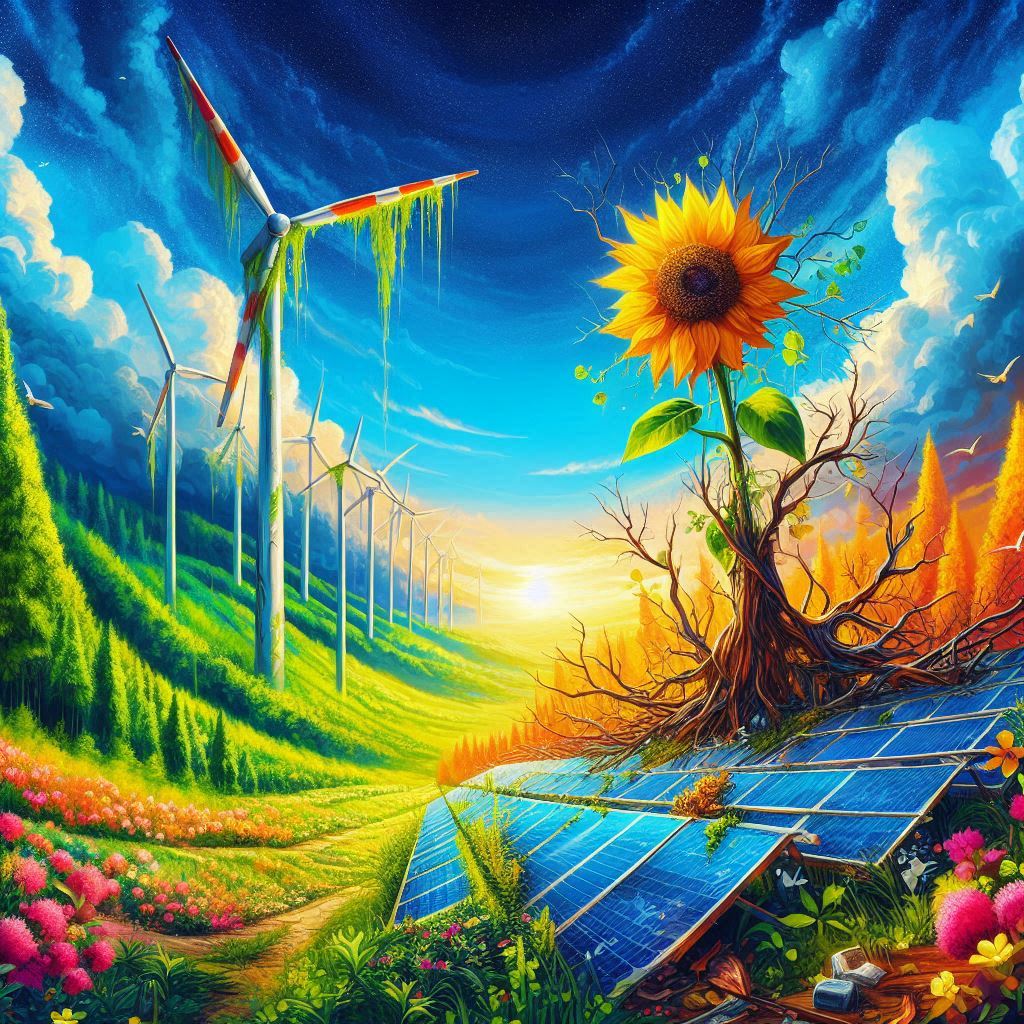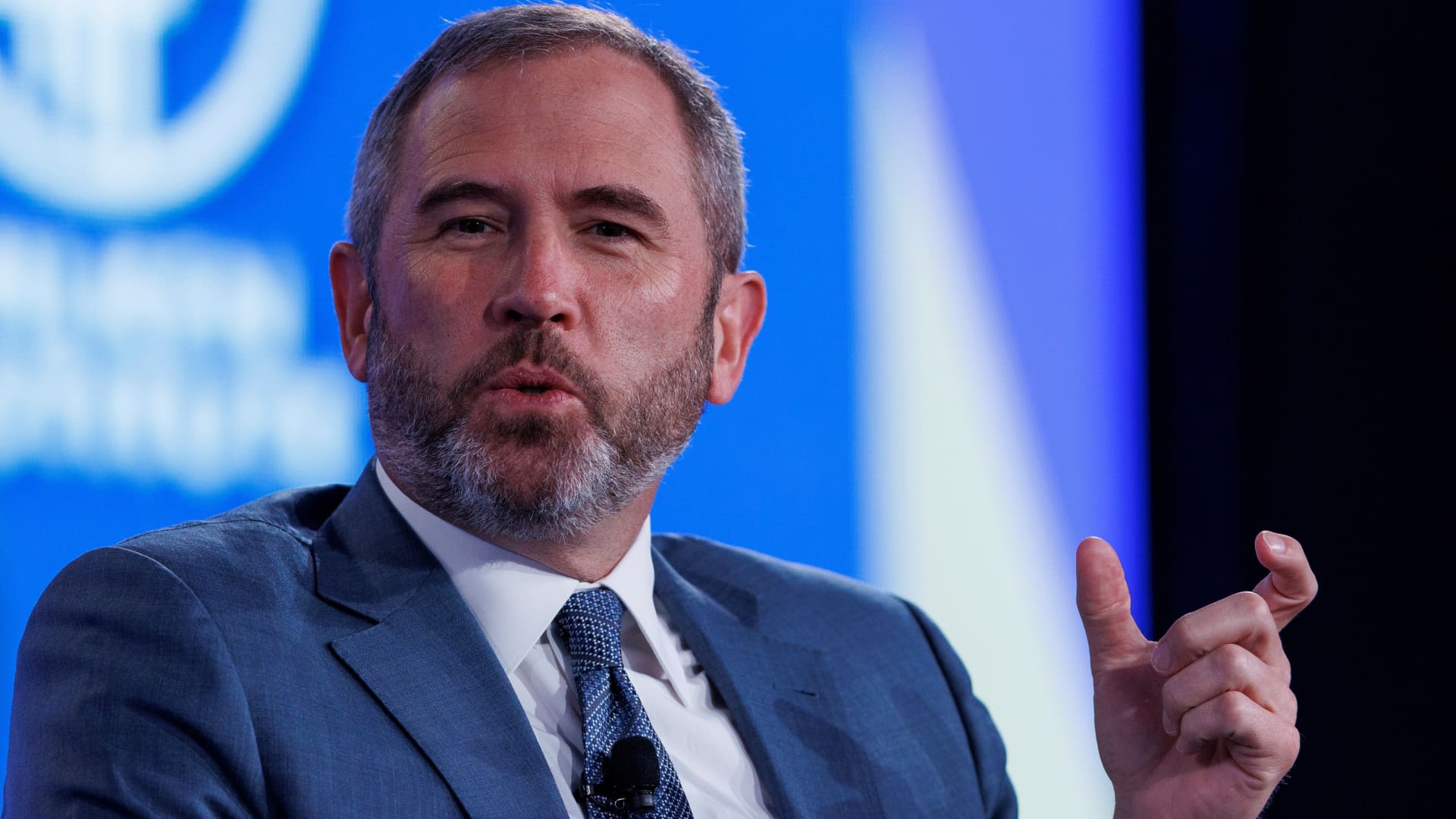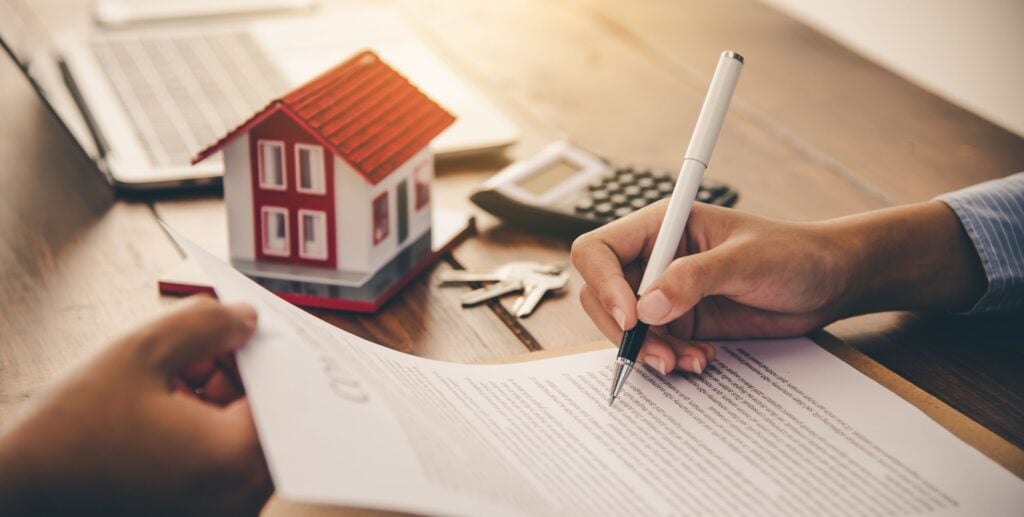Beginning in the 1960s, the capital asset pricing model (CAPM) became to investors what the Bible is to Christians: an unquestionable, “North Star” to which everything else in the belief system is tied.
It has since been wholly disproven (CAPM, not the Bible).
Yet, the many decades it existed as finance’s most sacrosanct “law” worked to engrain it deeply into the psyche of even today’s investors. Regrettably, this has led them like lemmings off a cliff with the high-risk stocks they thought promised to be “high expected return” investments.
See, the CAPM is a mathematical equation that seeks to determine the expected return of an asset based largely on its volatility.
According to the CAPM, there is a positive linear relationship between the volatility of a stock and its expected future return. The more volatility a stock exhibits … the higher its future return is expected to be.
Many investors have taken this to mean that: “If you want to earn a higher return, you should invest in stocks with higher volatility.”
Reduced to a rhyming aphorism: “You’ve got to risk it … to get the biscuit.”
Of course, shareholders of recently failed regional banks don’t have even a crumb of biscuit to show for the risk they assumed. These stocks are certainly volatile. But one glance at a chart of the Regional Bank ETF (KRE) shows this was not a good sign for their future returns.
(Meanwhile, my stock rating model alerted me to the undue risk well before their actual collapses.)
More on that in just a bit…
First, let’s have a look at the “low-volatility” factor, which exposes the CAPM and its “higher risk = higher return” fallacy.
On the Contrary…
Dozens of academic research studies have demonstrated the market-beating premium investors can earn by investing in low-volatility — not high-volatility — stocks.
Evidence for the low-volatility premium stretches back more than 90 years, so it is most surely not a fleeting anomaly. The chart below shows the compound return of low- and high-volatility portfolios from 1929 to 2020.
The existence of this counterintuitive relationship between volatility and expected returns has a number of explanations…
For one, it’s been proven that most investors have an aversion to using leverage — which is when you borrow money to invest in a position larger than the cash you have on hand.
In absence of that aversion, it would be rational for an investor to build a portfolio of low-volatility stocks … then lever it up conservatively so that it matches the return of a higher-volatility portfolio.
But “leverage” is a dirty word to most folks. So, instead, investors who seek higher returns forego that option and simply invest in stocks with higher volatilities.
This phenomenon dovetails with another behavioral bias: the “lottery ticket” effect.
Human nature urges us to seek “moonshot” returns in highly volatile stocks, even if the odds of earning such returns are minuscule and lower than we estimate.
This bias works toward unjustly inflating the prices and valuations of high-volatility stocks while leaving low-volatility stocks underpriced.
Taken together, investors show a preference for high-volatility stocks … even though low-volatility stocks have delivered superior returns for those who are wise enough to pursue them.
Lastly, there’s a mathematical hurdle that high-volatility stocks must overcome to a far greater degree than low-volatility stocks.
That is the disproportionately large gains that a stock must mount after suffering drawdowns.
You’ve probably seen this chart before…

As you can see, when downside volatility hits a highly-volatile stock … it can require a herculean rally just to get back to breakeven.
Low-volatility stocks tend to hold up better in down cycles, which sets them up for an easier road to recovery and, over time, allows for more efficient compounding of capital.
Longtime members of my Green Zone Fortunes newsletter know that my team and I consider a stock’s volatility before we recommend it. “Volatility” is one of the six factors my stock rating model is built on.
We don’t always seek stocks with the absolute lowest volatility, but we most certainly avoid stocks with the highest volatilities … because that’s where this factor is most effective at boosting overall returns.
In many market environments, it pays to take on some additional volatility. Meaning, a stock that ranks in the middle of the pack on volatility may actually be worth the risk, and outperform some of the lowest-volatility stocks in the market.
But what you most definitely want to do is avoid the top 10% most-volatile stocks.
Countless academic papers, as well as my own research and stock rating model, show that this is where you find the most market-lagging and often negative returns.
We’re seeing a lot of high volatility today, which is what led me to write this essay. Investors may be confusing an alarming level of volatility with a bargain on a sector going through a rough patch.
Right now, there’s no better example than the ongoing woes of the regional banking sector…
How to Safely Sidestep Regional Bank Failures
My lead analyst Matt Clark and I recently ran a study to prove my experience with the “sweet spot” of volatility…
We compiled a list of the individual stocks held in the SPDR S&P Regional Bank ETF (NYSE: KRE), and then categorized them into 10 “buckets,” based on the volatility rating my stock rating model assigned to each one.
To be clear, we used my model’s ratings as of March 6, 2023 … the Monday before the banking crisis began with Silicon Valley Bank on Friday, March 10.
Through yesterday, here are the average returns of each of those 10 buckets of regional bank stocks:

While the 80% of bank stocks with the lowest volatilities have still suffered an average drop of 31% since March 6, the 20% of bank stocks with the highest volatilities have averaged a drop of more than twice that, at -64%.
More so, anyone who used my stock rating model to avoid the 20% of bank stocks with the highest volatilities could have avoided every single bank failure to date!
- Silicon Valley Bank (SIVB) triggered my model’s highest “high-risk” volatility threshold (top 10% most volatile) on October 24, 2022 … when shares traded for $232. It later fell to $0.49, losing 99.8% of its value.
- Signature Bank (SBNY) was flagged as a top 10% most volatile stock on November 21, 2022, when shares traded for $132. The stock later fell to $0.09 as the bank failed, leaving unsuspecting investors with a 99.9% loss.
- Pacific Western Bank (PACB) was flagged on December 12, 2022, with shares at $24.83. As of yesterday, the stock was down more than 85%, to $3 and change.
- And failed bank First Republic Bank (FRC) tripped my model’s “high-risk” volatility threshold on March 10 … the day SIVB went under. Shares of FRC were trading for $31.21 at the time, before falling 99% to under $0.50, when they were seized by regulators and sold in a fire sale to JPMorgan.
I’ve been eager to share this story of the unsung hero — the “low-volatility” factor — because there are so many investors who simply don’t know it exists.
And seeing how it alone could have helped you avoid the worst of the regional banking crisis — a crisis I believe is not yet over — I feel compelled to get the message out!
We all know that all investing requires taking risk. But you don’t have to take undue risk, or risk for which you aren’t compensated … particularly if you’re still chasing the most highly-volatile stocks, thinking you’ve got to, you know, “risk it … to get the biscuit.”
The plain fact is, you don’t!
I’ve shown you today that a little volatility is a good thing.
If a stock hardly moves at all, you can’t expect it to move the needle on your wealth. If it moves too much … it’s probably sending the needle in the wrong direction.
My goal is simply to find stocks that move the needle in the right direction. And unlearning the disproven mantra of “high volatility, high returns” is essential to doing that.
To good profits,
 Adam O’DellEditor, 10X Stocks
Adam O’DellEditor, 10X Stocks
P.S. Speaking of moving your “wealth needle” in the right direction…
I recently spoke with my publisher to extend the sale on access to my research advisory that beat the Russell 2000 10-to-1 since inception – 10X Stocks.
One of the reasons being … wider market volatility has made some of my recent $5 stock recommendations even more attractive … and I want to give anyone on the fence to learn more about them.
Another reason being … I genuinely could not be more bullish on these ideas.
They aren’t stocks you’ll find on the front page of CNBC or Yahoo Finance. But each of them is a critical part of a robust, inflation-proof, even recession-proof portfolio right now.
The fact that you can get into each of them for less than a fiver per share is just icing on the cake.
Go here to learn more about these stocks, and how you can get involved.


It was that last $2.99 charge from Apple that got me.
I had been noticing for months that my credit card bills had been getting higher and higher every month. Some of it was due to inflation, of course.
Everything cost more today.
But a lot was due to something I call “payments creep.”
You subscribe to this streaming service for $10 … and that other app service for $5. Neither sounds like much money.
But next thing you know, you’re paying hundreds of extra dollars, mostly for stuff you don’t need. And that last $2.99 was the straw that broke the camel’s back.
I deleted a bunch of old files from iCloud and was able to chop $2.99 off my monthly bill. I checked with my Microsoft subscription, and it seems that I was paying over $40 per month on an old OneDrive package. The new one costs only $25 and still comes with Office.
Another bill chopped!
I reviewed my mobile phone bill. For reasons long forgotten to history, I was paying an extra $10 per month for a phone line my wife hasn’t used in two years. Gone!
I had a subscription to Adobe Acrobat that came with frills I never used. I downgraded it from a $21 plan to a $14 plan.
I reviewed the magazines and newspapers I subscribe to. My rule of thumb: Any subscription I haven’t read in six months will be axed. That ended up being several hundred dollars that found its way back into my pocket.
And then there were streaming services…
My entire five-person nuclear family is addicted to Netflix, and no one more than my two-year-old daughter. There’s no getting rid of that one. But until the next season of Winning Time comes out, I’m not paying for HBO.
I also canceled Disney Plus, though that one might come back when the kids are on summer break. Between the two subscriptions, that was over $30 saved.
My kids are always exhausted because they each have far too many extracurricular classes. Some of which seemed like a great idea a year ago, but now my kids have largely lost interest, just going through the motions. We’re seeing what we can cut from those expenses as well.
I mention all of this because I know I’m not the only one. Every dollar that you or I chop off our monthly service expenses is a dollar that’s not getting booked as profit by some corporation —be it Disney, Apple and the like.
When it comes to the economy, it can be hard to distinguish cause from effect. It’s often circular. People cut back on spending because their bonus was weak this year … because the company made money as a result of people cutting back on their spending.
But that’s where we are today. Inflation has prompted people to re-evaluate their spending, which in turn comes out of the revenues of the companies providing those (now axed) services.
This only ends when a proper recession clears the board.
My advice: Take Adam’s when it comes to the volatility of this market — especially when it comes to opportunity.
You really don’t want to miss out on his latest research on small-cap stocks. As he said, they’re trading at $5 or less. But these are primed to soar in the coming year. If you want to learn more about Adam’s recommendations in this space, just go here to get started!
Regards,
 Charles SizemoreChief Editor, The Banyan Edge
Charles SizemoreChief Editor, The Banyan Edge
















